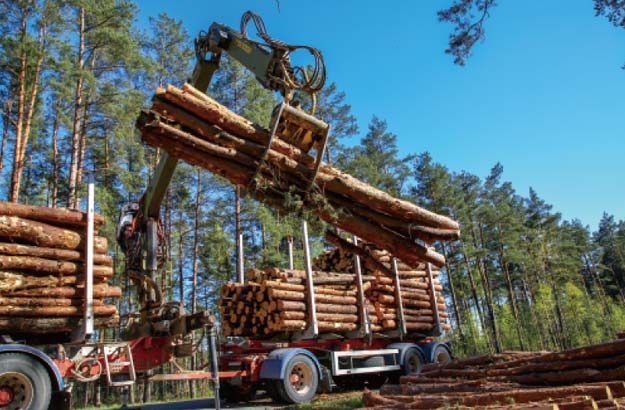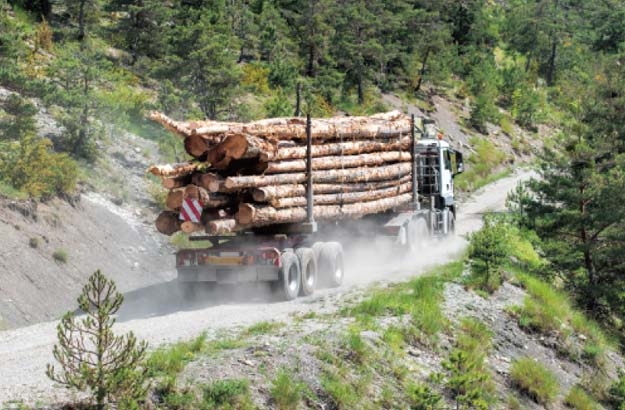Overview
Robotics and machine vision is one of the most commonly seen practices in heavy industries. The practice is often associated with metal-to-metal applications in factories such as car manufacturing or other steel manufacturing process.
The technology has since been deployed into other industries, namely forestry. In the past, due to technology restrictions and other technical issues, the forest logging process has always been divided into two components and multi-person work, truck driving and crane operation atop the truck, both positions require highly skilled operators.Challenges


In addition to the hard-to-earn truck driver's license, the driver must also be well experienced and capable of negotiating a semi-trailer around tight corners along undeveloped roads to get to the designated forestry location.
Facing similar situations, the forestry crane operator working in a forest area faces limited operating room and surrounding environment obstructions. Unlike urban and city crane operating conditions where surrounding objects and traffic are strictly monitored and controlled, forest operating conditions are of dense trees, leafs and confined space to properly maneuver the crane arm.
Solution


A manufacturer came up with idea of creating a forest crane truck that offers the ability to easily maneuver tight corners and the flexibility to allow a single operator to stand-in for both roles. Simply put, a person that can drive the truck through rigorous terrain and operate the crane in the forest. Obviously you can put someone through a strict training program and make him/ her extremely capable as the sole operator. Or, use highly advanced aides to dramatically improve the operability between man and the machine.
By implementing virtual reality goggles through machine visiontechnology, when in the driver or the crane operator seat, the machine vision camera offers a bird's eye view of the truck's surrounding view or a designated view of the working area. While the license and experience to operate such vehicle is still required, the technology can aide in the going around tight corners by minimizing the error margin. The same applies to crane operation, once arriving at the forestry location, the driver role switches to the crane operator. Through machine vision technology, the virtual reality view using the goggle is able to provide a clear surrounding view of the truck, making the single person forestry crane operation possible.
Neousys GPU-aided Edge AI platforms serve as a high performance 3D machine vision central processing unit. Paired with machine vision and virtual reality technology, the system is able to offer the driver/ operator a clear view of the working area for better operability. This application also has safety implications as workers need not leave the car cabin to operate the crane. This allows the worker(s) to stay out of the hazardous work zone. The system also comes with additional connectivity such as ignition control, CAN bus and connection varieties like PoE, USB3.1 Gen2/ Gen1 and additional expansion PCIe or function-specific MezIO interfaces.









